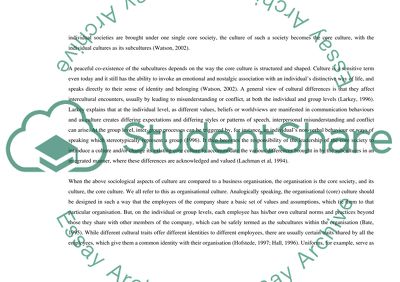Cite this document
(The Goals of the Corporation and Individual Behavior Essay Example | Topics and Well Written Essays - 3250 words - 1, n.d.)
The Goals of the Corporation and Individual Behavior Essay Example | Topics and Well Written Essays - 3250 words - 1. https://studentshare.org/environmental-studies/1413667-the-goals-of-the-corporation-and-individual-behavior
The Goals of the Corporation and Individual Behavior Essay Example | Topics and Well Written Essays - 3250 words - 1. https://studentshare.org/environmental-studies/1413667-the-goals-of-the-corporation-and-individual-behavior
(The Goals of the Corporation and Individual Behavior Essay Example | Topics and Well Written Essays - 3250 Words - 1)
The Goals of the Corporation and Individual Behavior Essay Example | Topics and Well Written Essays - 3250 Words - 1. https://studentshare.org/environmental-studies/1413667-the-goals-of-the-corporation-and-individual-behavior.
The Goals of the Corporation and Individual Behavior Essay Example | Topics and Well Written Essays - 3250 Words - 1. https://studentshare.org/environmental-studies/1413667-the-goals-of-the-corporation-and-individual-behavior.
“The Goals of the Corporation and Individual Behavior Essay Example | Topics and Well Written Essays - 3250 Words - 1”. https://studentshare.org/environmental-studies/1413667-the-goals-of-the-corporation-and-individual-behavior.


